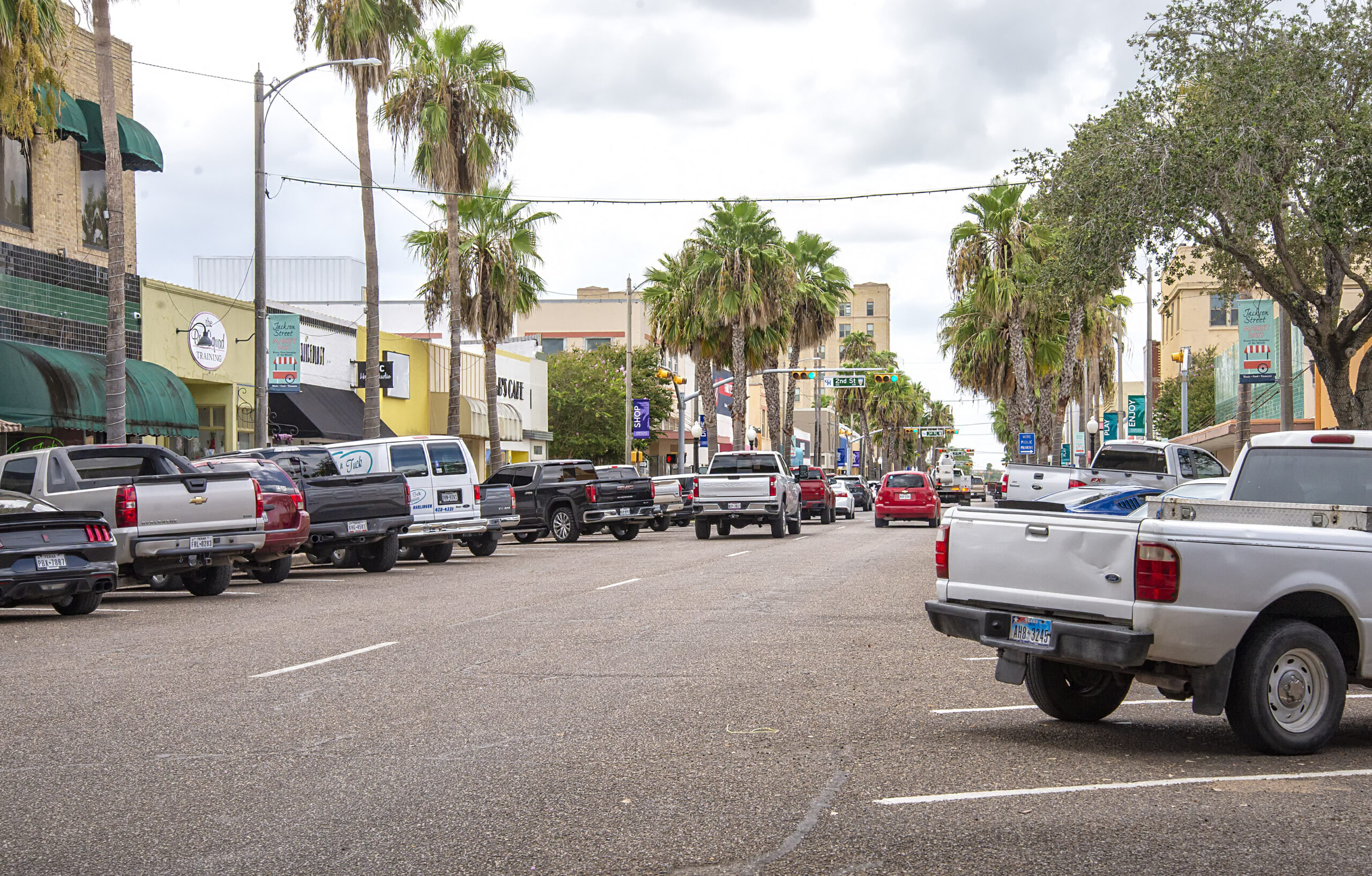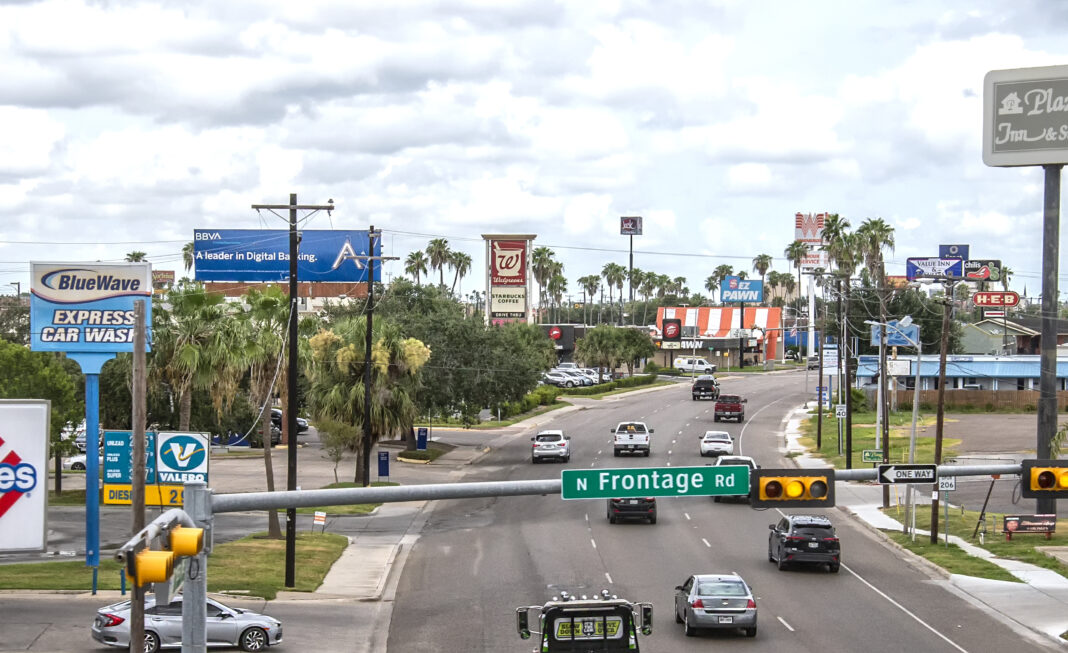For years community leaders drew a portrait of a luminous economic future for the Rio Grande Valley as one of the fastest-growing regions in Texas.
But the 2020 Census has put this kind of talk straight to bed.
Census figures show that while almost all Valley counties showed increases in population in the past decade, the growth rate is far below many, if not most, other areas of Texas, where urban and suburban populations have exploded at the expense of rural areas.
The most direct consequence of this trend may be in redistricting, and the threat there is one of diminishing clout as the state’s political map is redrawn, analysts say.
Nina Perales is a redistricting expert who serves as president of litigation for the Mexican American Legal Defense and Education Fund, a civil rights group. This week she addressed the Lower Rio Grande Valley Development Council.
“This is not the Texas of the past,” Perales said. “I know that we have a sort of traditional imagery of Texas as maybe a lone cowboy in a hat on a horse riding through a rural area, small towns. Texas is changing very, very fast and becoming a much more urban and suburban state.”
In the Rio Grande Valley, Hidalgo County posted a 12.2 percent population gain compared to 10 years ago, Starr County was up 8.1 percent, Cameron added 3.6 percent and Willacy County actually lost residents, down 8.9 percent.
These numbers were dwarfed by other areas in Texas.
Travis County, where Austin is located, saw an increase of nearly 200,000 people, or 18 percent, in the past decade and now stands at 1.2 million residents.
But the counties surrounding the state capital tell the story about the shift in suburban populations that is occurring in Texas.

Hays County to the southwest went from 157,107 residents to 241,067 in 2020, an increase of 53 percent.
Williamson County, located north of Travis, went from 422,679 residents to 609,017 residents in 2020, an increase of 44 percent.
In Bastrop County to the southeast of Travis County, the story was the same, showing a gain of 23,000 residents in the past 10 years, an increase of 31 percent.
“The population changes are quite stunning, in fact,” said Perales, for whom this will be the third state re-districting she has been involved with. “There is widespread and consistent loss of population in rural areas in Texas. And at the same time, really extraordinary population gains in Texas in large cities and suburbs.”
The U.S. Census is held every 10 years, and the population data collected during the nationwide survey is used for political redistricting in all 50 states.
Perales warned that the new suburban and urban reality in Texas could present a threat of a loss of political representation for areas that aren’t keeping pace.
“These considerations include the fact that we think rural areas and small cities are going to end up losing political strength, political voice in the capital,” she said. “And these districts, because they all have to have the same number of people in them, districts are going to start migrating towards the suburbs and towards large cities.”
“… In the Lower Rio Grande Valley, the growth that the census captured did not keep pace with the rest of the state,” she added. “Normally, we think of the Valley and South Texas as being a population-growing area, but it’s not what the census data is telling us.”




